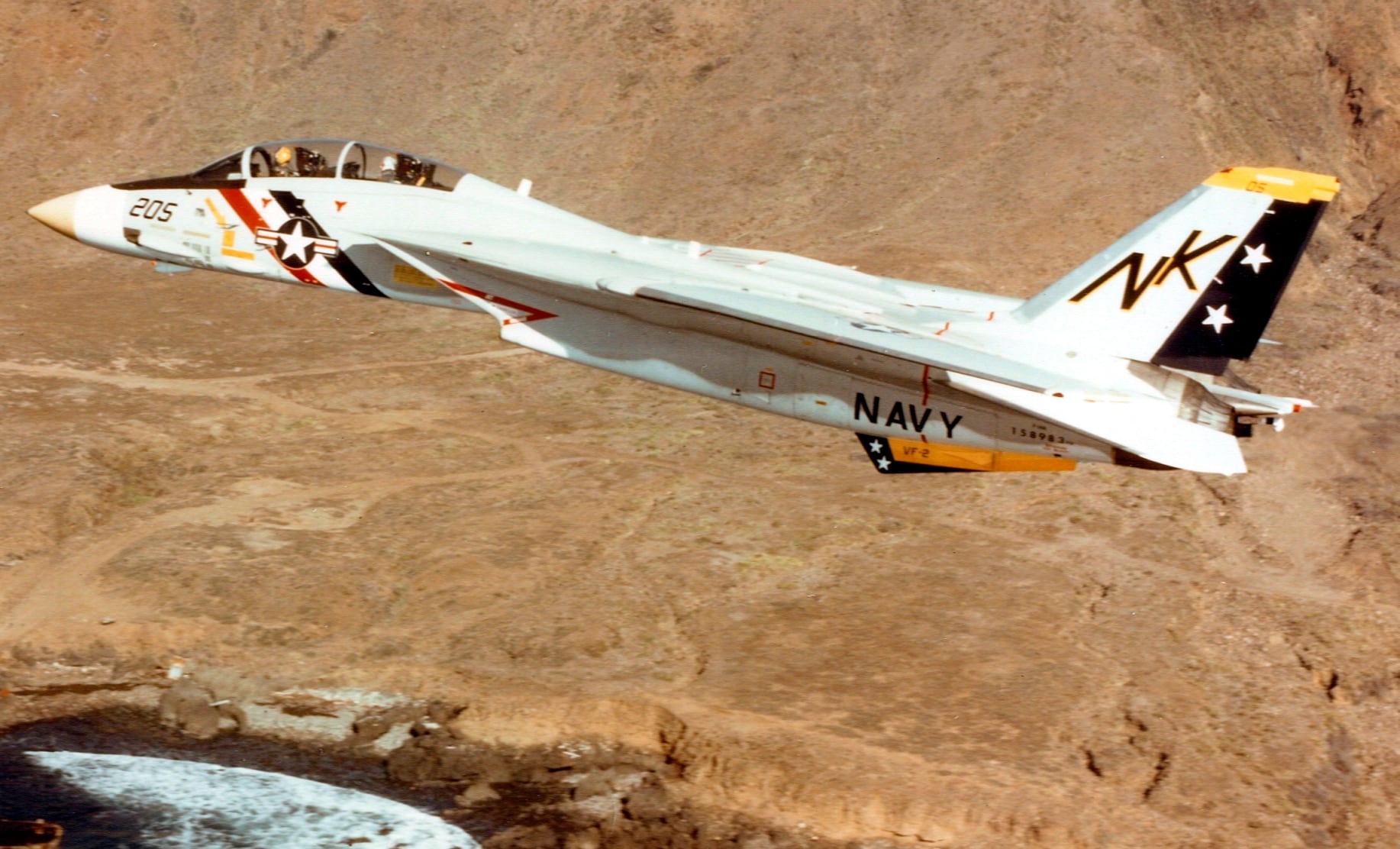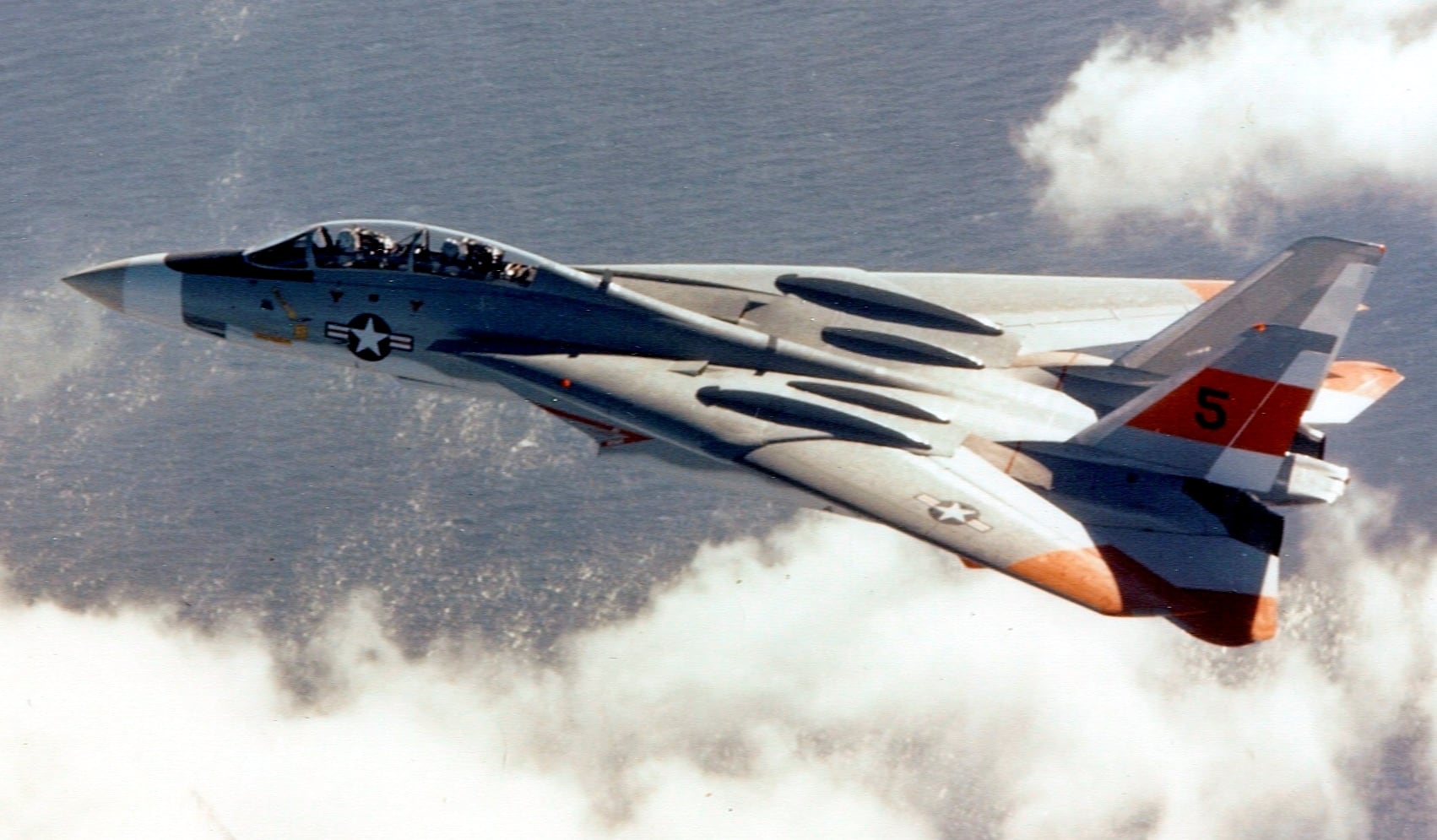When Grumman and the Navy teamed up to produce the F-14 Tomcat Progress Report films during the early 1970s the new jet was being tested and evaluated by multiple squadrons at several Naval Air Stations (NASs) and facilities. The Tomcat would go on to serve the Navy for 32 years, but at this point there was still a whole lot to learn about the complex F-14A.
The process of testing, training, and getting a brand new weapons system ready for its first combat deployment was complicated indeed. This film, “Progress Report #5: The Operational Tomcat” uploaded by YouTuber PeriscopeFilm with excellent image and sound quality, is a must-see for every Tomcat aficionado. Boola Boola anyone?
[youtube id=”G-mrFcsw-Ew” width=”800″ height=”454″ position=”left”]

Carrier Air Wing FOURTEEN (CVW-14) was preparing for their next WestPac deployment aboard the carrier USS Enterprise (CVN-65) when the film was shot. Fighter Squadron ONE (VF-1) Wolfpack and VF-2 Bounty Hunters had just been formed at NAS Miramar in mid-October 1972. Both squadrons were gearing up for their first deployment with the new Tomcat.
Note the flamboyant far-from-low-viz colors on the VF-1 and VF-2 Tomcats in the film. Those are classic 1970s Navy squadron schemes! Testing and evaluation of just about every kind can be seen in this time capsule of a film.

